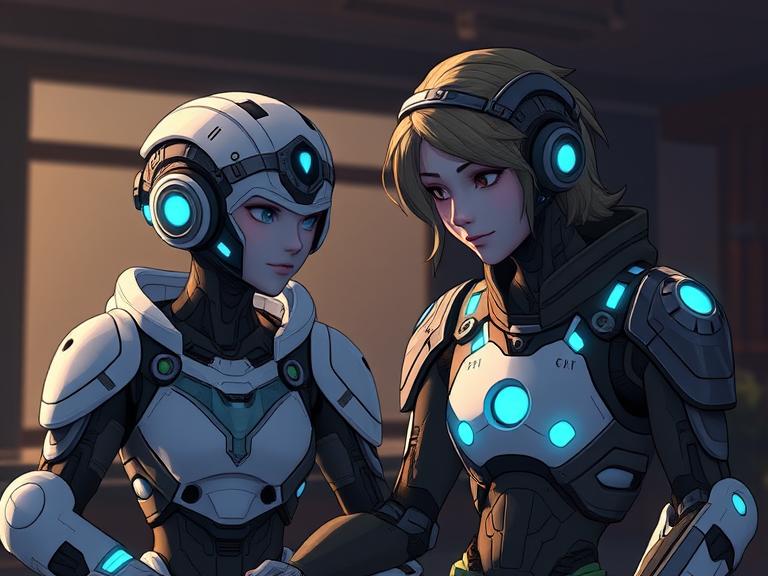AI companions have become a cornerstone of modern narrative-driven games, transforming how stories are told and how players connect emotionally with the game world. Whether it’s Ellie in The Last of Us, Atreus in God of War, or Elizabeth in Bioshock Infinite, these characters are more than just sidekicks — they’re dynamic, responsive, and deeply integrated into gameplay and storytelling.
Early companion AI often felt clunky or scripted, limited to following the player or shouting repeated lines. But today’s AI companions are designed to feel human. They react to player actions, initiate conversations, and evolve over time. Their emotional arcs mirror the player’s journey, making them feel essential rather than auxiliary.
These characters serve multiple roles. From a gameplay perspective, they provide support in combat, puzzle-solving, and exploration. But emotionally, they offer companionship, conflict, and narrative reflection. Players often form deep attachments to these characters — a testament to how effective modern game writing and AI design have become.
Games like Firewatch and Hellblade: Senua’s Sacrifice take it a step further, using AI-driven voices or invisible companions to reflect the player’s mental state or guide the narrative. This creates deeply immersive, personal experiences that stick with players long after the credits roll.
As machine learning and natural language processing advance, future AI companions may become even more adaptive — engaging in unscripted dialogue or remembering player choices across multiple sessions. The line between character and real-time AI is beginning to blur — and it’s an exciting future for narrative design.




